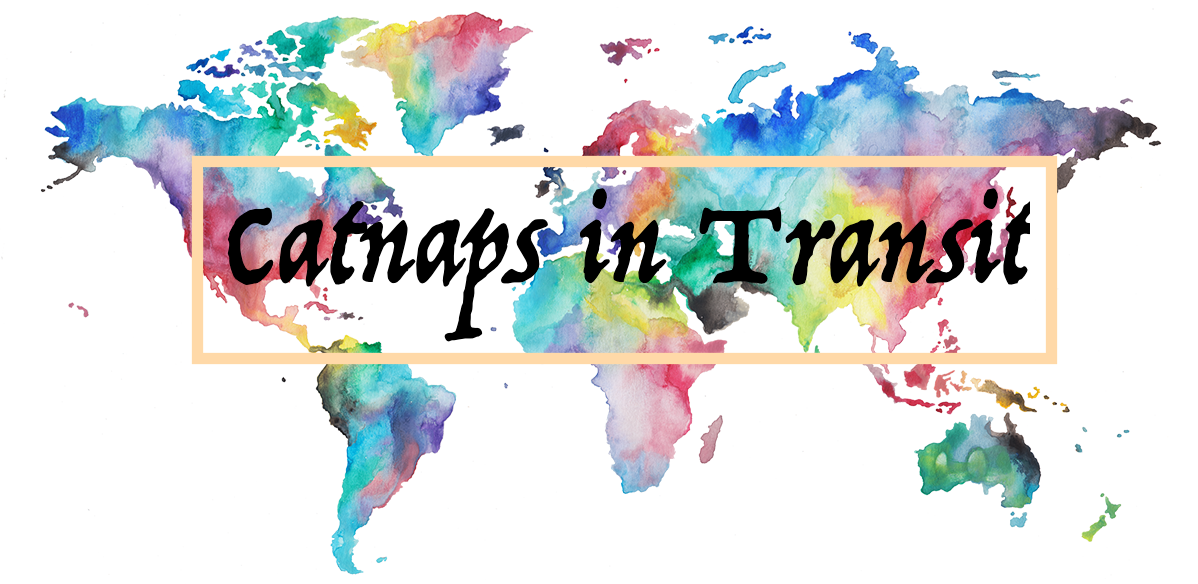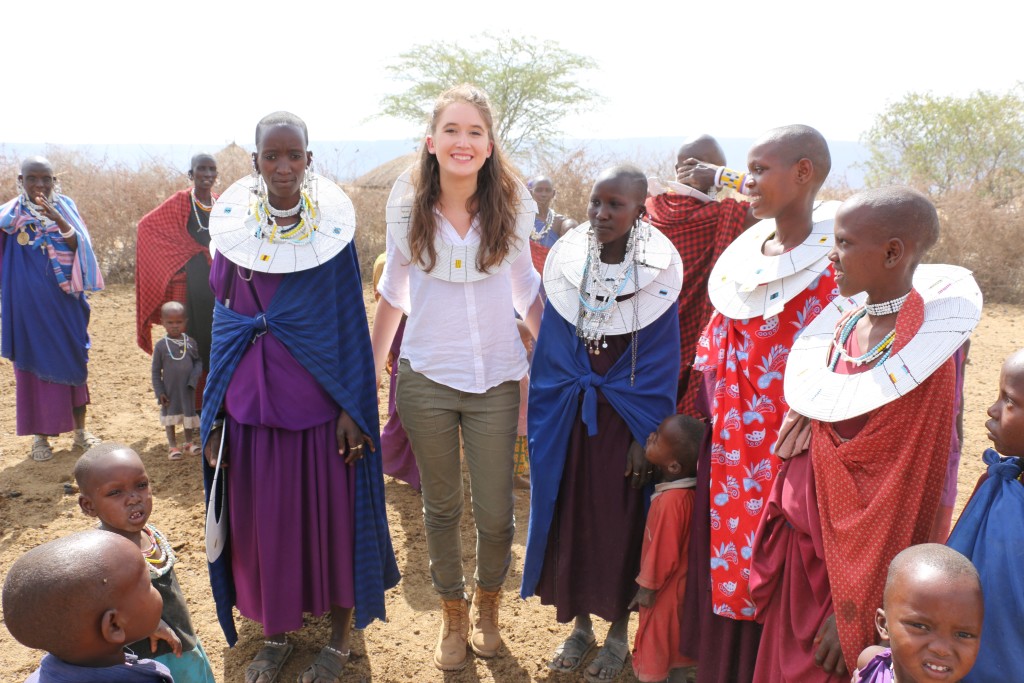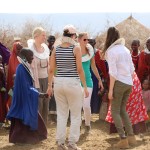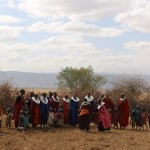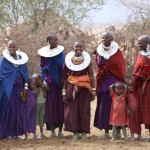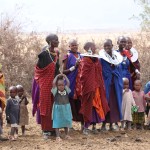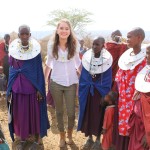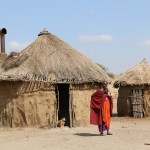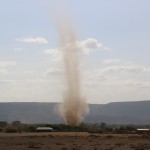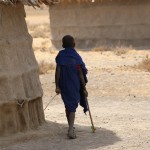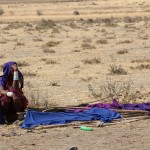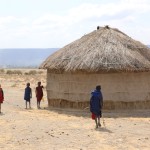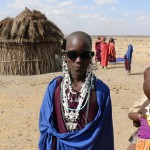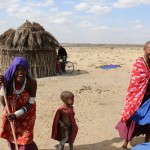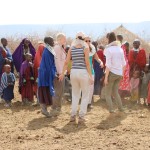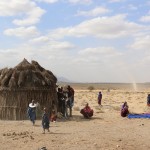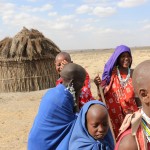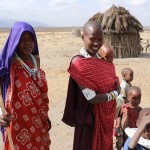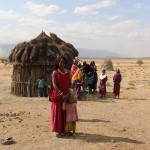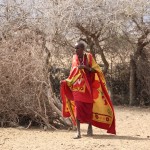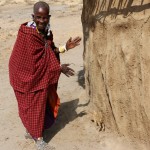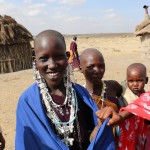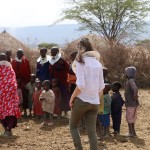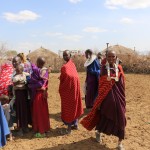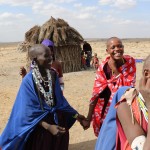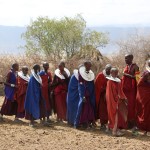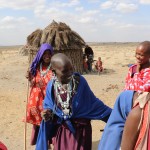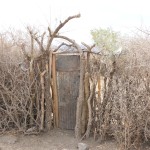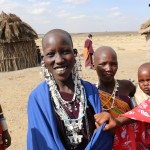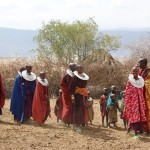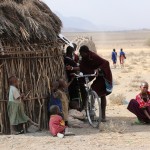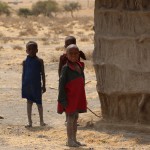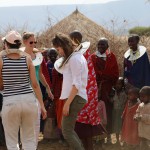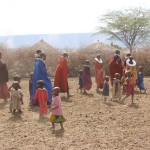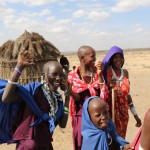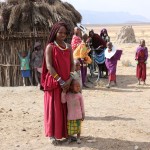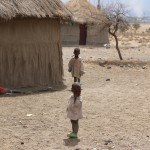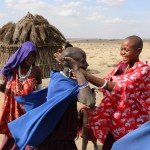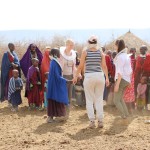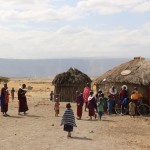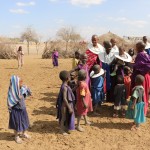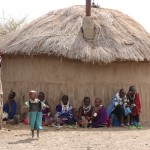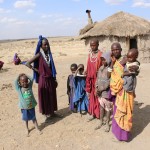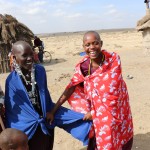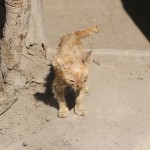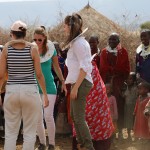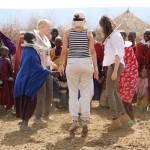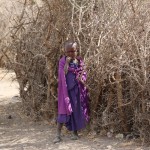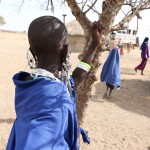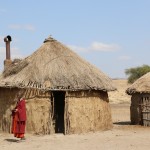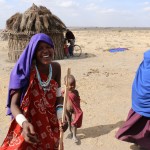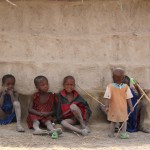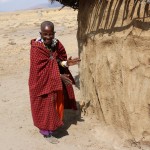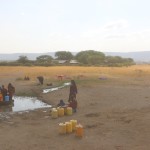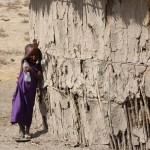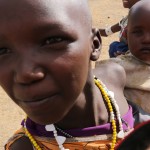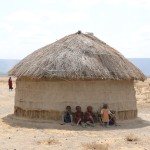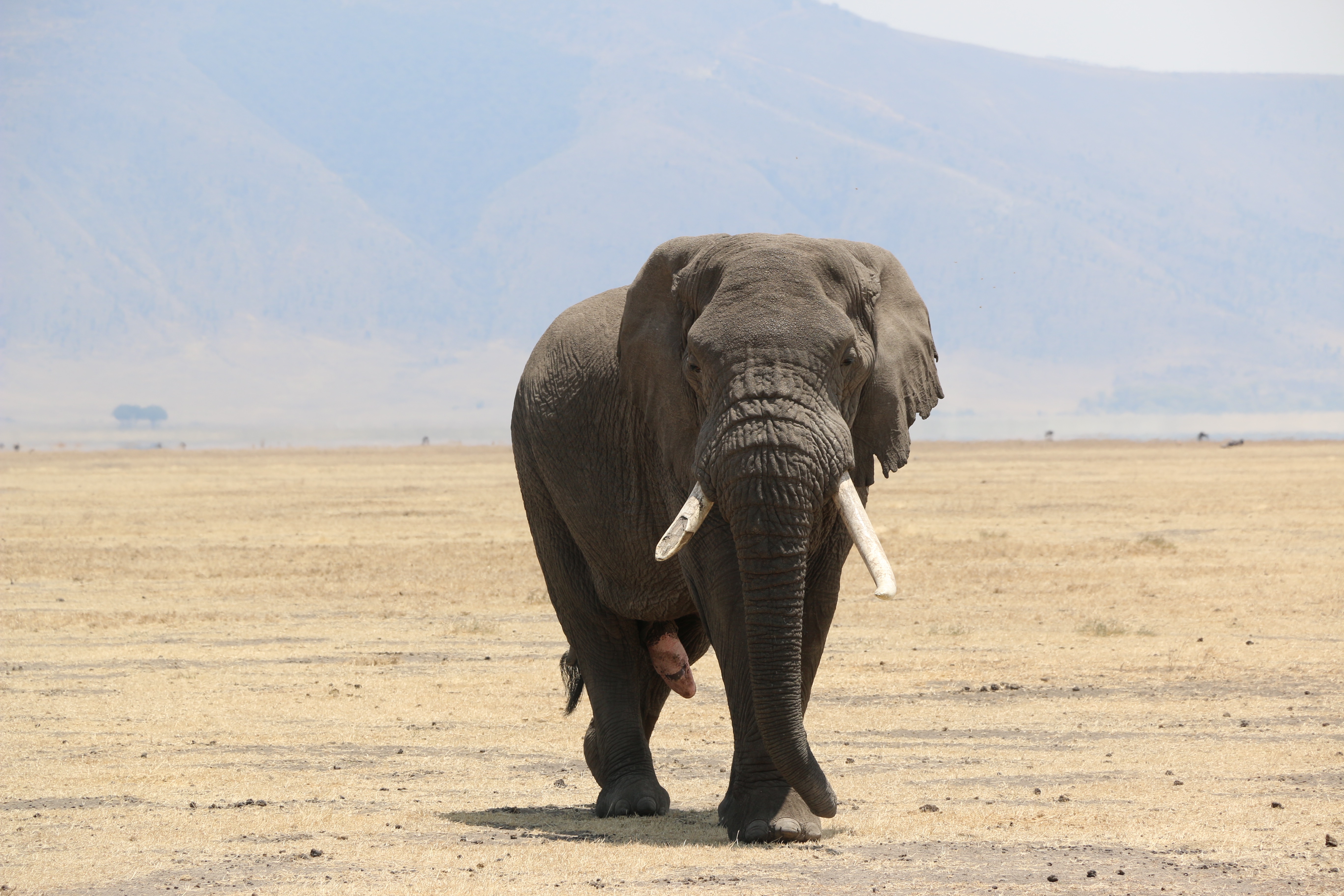Tanzania
Meeting the Maasai
The Maasai. The notorious blood-drinkers of Africa. The tall fierce warriors that share their land with the likes of lions and elephants. Some of the most incredible people I have ever met.
The Maasai people of East Africa call the Great Rift Valley home. Inhabiting regions through southern Kenya and Northern Tanzania on semi-arid and arid lands. Occupying approximately 160,000km their population reaches around one and a half million people.
 The Maasia live in ‘Kraals’ (village of huts) arranged in a circle fashion. These Kraals are protected by a fence made of acacia throws, preventing lions from attacking the cattle. In Maasai society, the men have the job of building the fence and the women have the job of constructing the houses and, well, pretty much everything else…
The Maasia live in ‘Kraals’ (village of huts) arranged in a circle fashion. These Kraals are protected by a fence made of acacia throws, preventing lions from attacking the cattle. In Maasai society, the men have the job of building the fence and the women have the job of constructing the houses and, well, pretty much everything else…
The huts in the Maasai Kraals are loaf-shaped and made using muds, sticks, grass, cows dung and cows urine (not your typical western building material, but effective for the nomadic Maasai).
Apart from building these bits-and-bobs homes, women also have to supply water, collect firewood, milk cattle and cook for the family. The men, known as ‘the warriors’ are in charge of security while the boys herd the livestock. The elders direct and advise day-to-day activities.
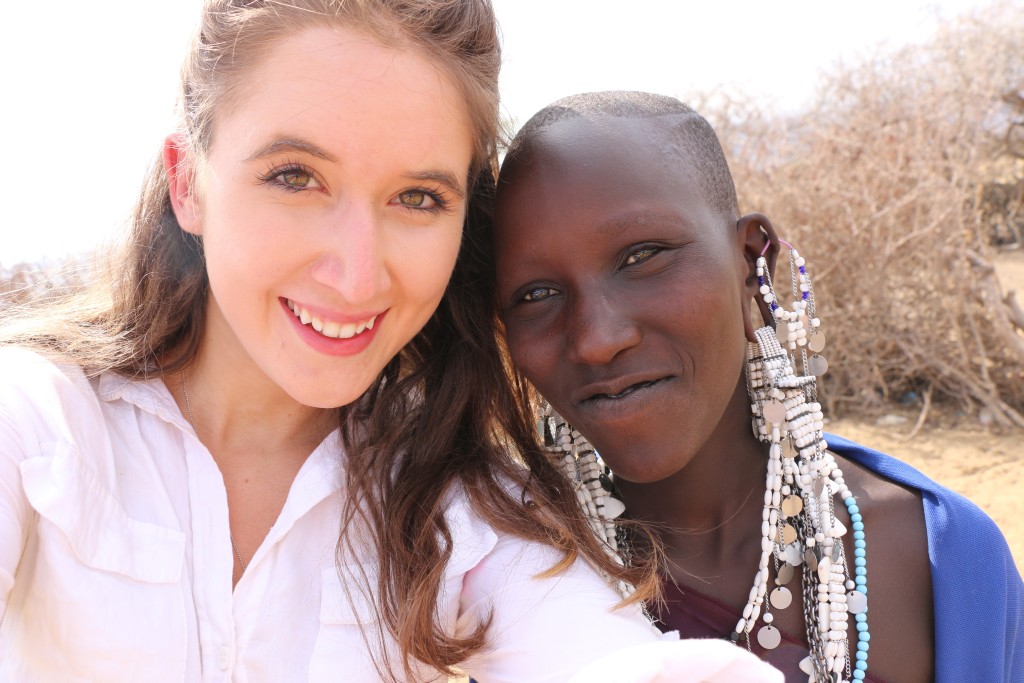 The Maasai are semi-nomadic and live under communal land systems. The movement of their livestock is based on seasonal rotation to utilise resources in a sustainable manner. Livestock such as cattle, goats and sheep are the primary source of income for the Maasai, serving as a social utility and playing an important role in the Maasai economy. Livestock are traded for other livestock, cash or livestock products such as milk and sage. Individual, families, and clans established close ties through giving or exchange of cattle.
The Maasai are semi-nomadic and live under communal land systems. The movement of their livestock is based on seasonal rotation to utilise resources in a sustainable manner. Livestock such as cattle, goats and sheep are the primary source of income for the Maasai, serving as a social utility and playing an important role in the Maasai economy. Livestock are traded for other livestock, cash or livestock products such as milk and sage. Individual, families, and clans established close ties through giving or exchange of cattle.
The Maasai prayer “Meishoo iyiook enkai inkishu o-nkera” explains the most important aspects in Maasai lives.”May Creator give us cattle and children” – cattle and children are the most important aspect of life for the Maasai people.
The Maasai have a very distinctive diet. If you are a vegan, this is probably not the tribe for you…
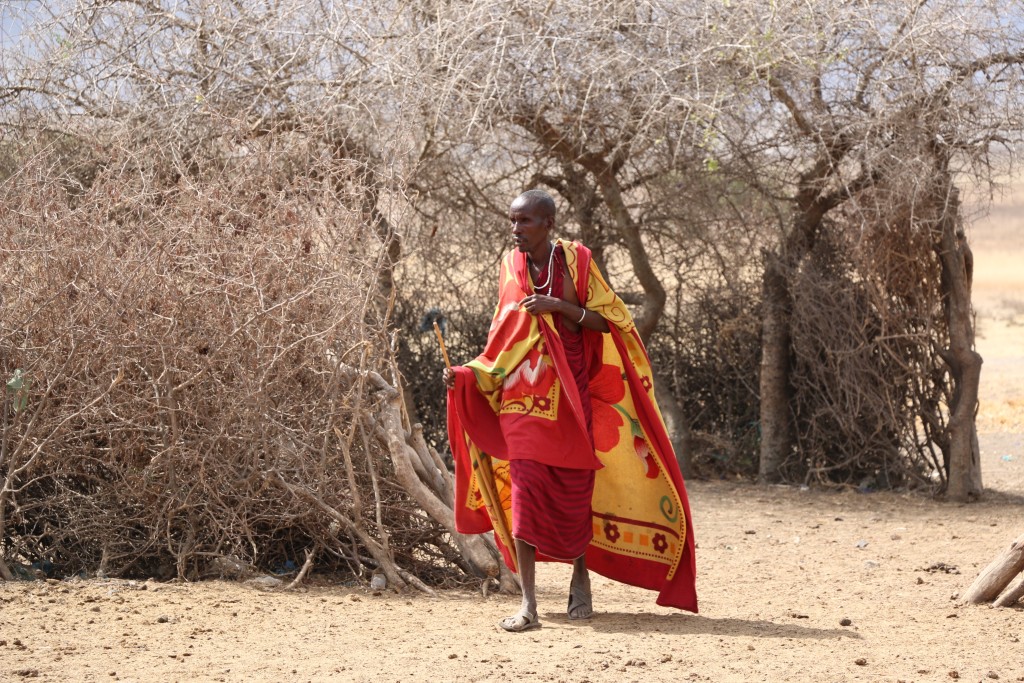 Traditionally, the Maasai rely on meat, milk and blood from cattle for protein and caloric needs. People drink blood on special occasions. It is given to a circumcised person, a woman who has given birth and the sick. Also, on a regular basis drunk elders use the blood to alleviate intoxication and hangovers. Blood is very rich in protein and is good for the immune system. However, its use in the traditional diet is waning due to the reduction of livestock numbers.
Traditionally, the Maasai rely on meat, milk and blood from cattle for protein and caloric needs. People drink blood on special occasions. It is given to a circumcised person, a woman who has given birth and the sick. Also, on a regular basis drunk elders use the blood to alleviate intoxication and hangovers. Blood is very rich in protein and is good for the immune system. However, its use in the traditional diet is waning due to the reduction of livestock numbers.
More recently, the Maasai have grown dependent on food produced in other areas such as maize meal, rice, potatoes, cabbage (known to the Maasai as goat leaves), etc. The Maasai who live near crop farmers have engaged in cultivation as their primary mode of subsistence. In these areas, plot sizes are generally not large enough to accommodate herds of animals; thus the Maasai are forced to farm. Maasai believe that tilizing the land for crop farming is a crime against nature. Once you cultivate the land, it is no longer suitable for grazing.
Although most people don’t know much about Maasai life, they certainly would recognise the distinctive Maasai fashion.
 Maasai clothing varies by age, sex and location. The traditional Maasai dress was calf hide capes for the shepherds and sheepskin capes for the women, both adorned with glass beads. It was’t until the 1960’s when the Maasai replaced the animal skins for the modern Maasai cotton cloth (borrowed from the Scottish).
Maasai clothing varies by age, sex and location. The traditional Maasai dress was calf hide capes for the shepherds and sheepskin capes for the women, both adorned with glass beads. It was’t until the 1960’s when the Maasai replaced the animal skins for the modern Maasai cotton cloth (borrowed from the Scottish).
As well as patterned and coloured cloth, the Maasai can be recognised from their exquisite jewellery. Maasai design the most beautiful bib-like bead necklaces as well as headbands and earrings, creating a unique look recognised worldwide.
Meeting the Maasai was one of the most incredible experiences I have ever had. These people lives can easily be labelled as ‘simple’ or ‘basic’ but the sense of community and strength of their relationships is something to be admired.
The group of Maasai I met were from the Moduli district, in Northeastern Tanzania. The company I was travelling with are apart of the Planeterra Clean Cookstove Project, and my visit was primarily to witness and learn more about the benefits that this project had on the Maasai community.
 In Tanzania, 95% of people rely on cooking with wood and coal. Women and girls spend hours walking to collect wood every day (making them vulnerable to assault and unable to use their time to go to school). Indoor smoke from open-fire stoves causes cancer, emphysema, pneumonia, blindness and burns.
In Tanzania, 95% of people rely on cooking with wood and coal. Women and girls spend hours walking to collect wood every day (making them vulnerable to assault and unable to use their time to go to school). Indoor smoke from open-fire stoves causes cancer, emphysema, pneumonia, blindness and burns.
The Planeterra Clean Cookstove Project designs and installs clean-burning and efficient wood-burning stoves in people’s homes in the Monduli district, Serengeti. The primary focus is on creating local solutions by local people. The community is involved from the start with all materials manufactured in the area. This stimulates the local economy and empowers people — especially women. The project works closely with Maasai women to incorporate their ideas in the design of the stoves. Through a 10-day training course, women are trained as fundis (experts) to install the stoves in their villages and neighbouring villages, and to be stove distributors in the villages. The women installers work in groups of 5 to 10, selected by village women during a community meeting. The women groups elect their own leaders and work with our project managers to arrange for materials to be delivered to installation sites. So far, the Maasai Stoves & Solar Project has trained 75 women as fundis and has installed 750 stoves in this region.
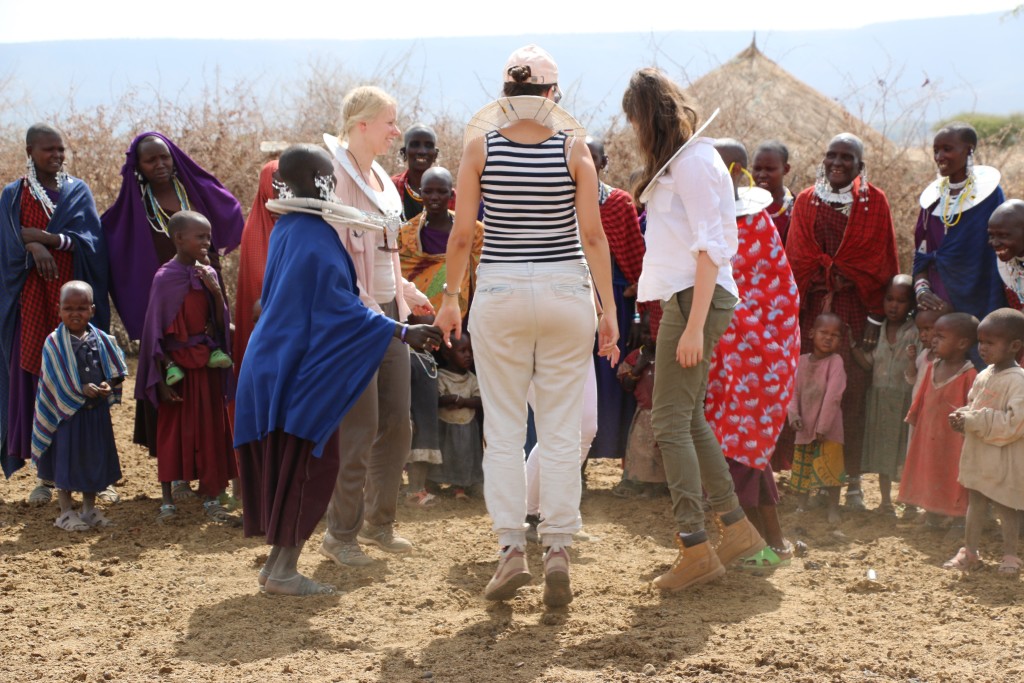 Seeing the difference that these stoves had made on this Maasai community was extremely interesting. As we visited the huts using the old and new stoves we could immediately tell which home was more comfortable and safer to be living in.
Seeing the difference that these stoves had made on this Maasai community was extremely interesting. As we visited the huts using the old and new stoves we could immediately tell which home was more comfortable and safer to be living in.
As well as learning about the project, we also learnt to dance like a Maasai. Anyone that knows me would know that I have absolutely no dancing ability and apparently the Maasai now know it as well. After dancing and hut-visiting I managed to sneak away from the group to meet the people in the community. And they were all absolutely charming.
Unlike many other children I had encountered in East Africa, the younger Maasai did not ask for anything. Not money, not candy, not pencils, all they wanted was to be around us. The older members of the tribe smiled as they carried on with day-to-day activities and everyone seemed genuinely happy to be there.
Apparently the children also enjoy taking selfies. I didn’t expect that I would find something my 13-year-old sister has in common with a young Maasai…
You can find more information on the Planeterra Clean Cookstove Project here.
